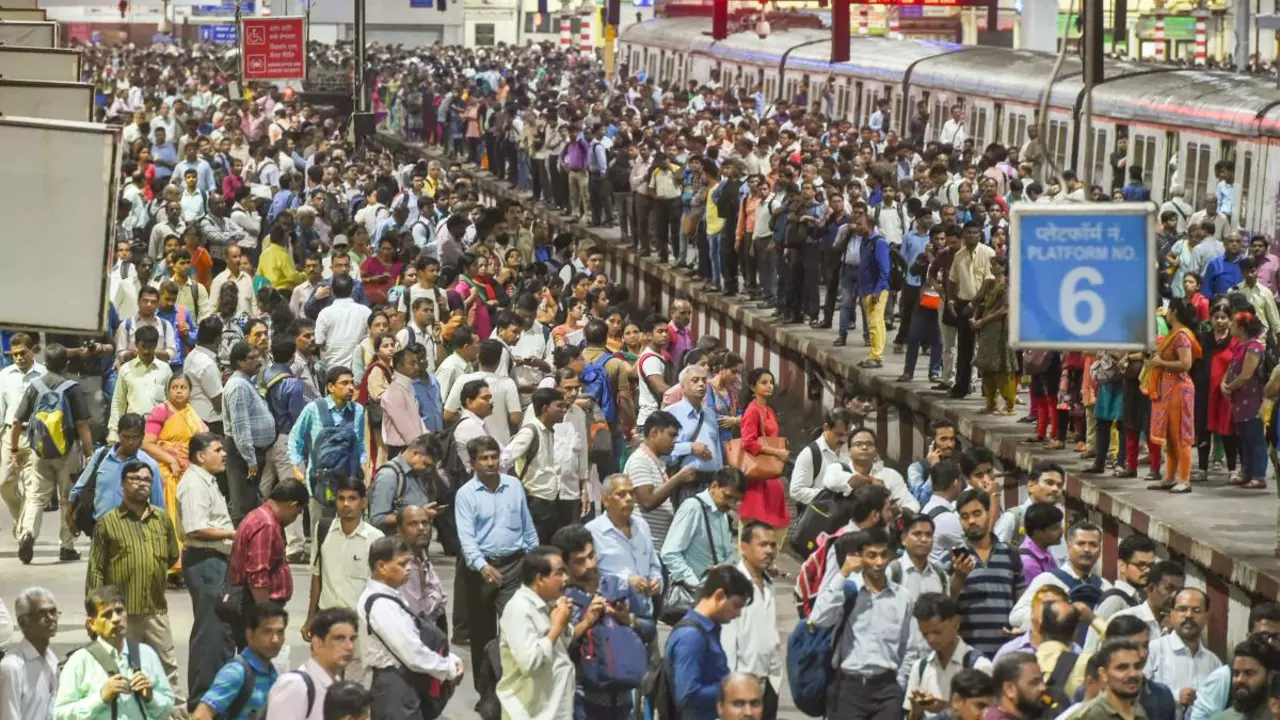The Historical Context
India's population boom can be attributed to several historical factors. One of the most influential is the country's history of colonization and its subsequent independence. The British Raj era, which lasted from 1858 to 1947, saw a significant increase in population due to advances in healthcare, infrastructure, and agriculture brought about by the British. The post-independence period, too, experienced a population explosion as the government focused on development and modernization, leading to improvements in healthcare, education, and living conditions. This naturally led to longer life spans and higher fertility rates, which contributed to the population boom.
Cultural Factors
India is a country rich in culture and tradition, many of which play a role in its large population. For instance, the cultural preference for a male child has led to larger families as parents often continue to have children until they have a son. Additionally, the institution of marriage and the social norm of starting a family at a young age contribute to India's high fertility rates. Furthermore, in rural communities, children are often seen as additional labor force, which encourages larger families.
Economic Factors
Economically, India's large population can be attributed to both poverty and rapid economic development. On one hand, poverty leads to lack of education and awareness about family planning, resulting in larger families. On the other hand, India's economic development over the past few decades has led to improved healthcare and living conditions, resulting in higher life expectancy and lower infant mortality rates. This paradoxical situation of high birth rates and low death rates has contributed to the population surge.
Challenges of Population Control
Population control in India is a complex issue fraught with numerous challenges. Despite government efforts to promote family planning and contraception, adoption rates remain low due to cultural, religious, and social barriers. Moreover, the lack of education, especially among women in rural areas, limits their ability to make informed decisions about family planning. The government's inability to enforce population control measures effectively is another hurdle in managing the population growth.
The 'Demographic Dividend'
Despite the challenges, India's large population is not entirely a disadvantage. In fact, India is currently experiencing what economists call a 'demographic dividend.' This refers to a period when the workforce population is larger than the dependent population, leading to increased economic productivity. With the right policies and investments in education, healthcare, and job creation, India has the potential to leverage its large population for economic growth.
Looking to the Future
Looking to the future, India's population trends are expected to change. The United Nations predicts that India's population will stabilize by 2060 due to declining fertility rates. However, the country will still face challenges such as an ageing population and the need to create jobs for its large youth population. Therefore, it is crucial for India to not only manage its population growth but also to put in place policies that can turn its large population into an asset rather than a liability.











